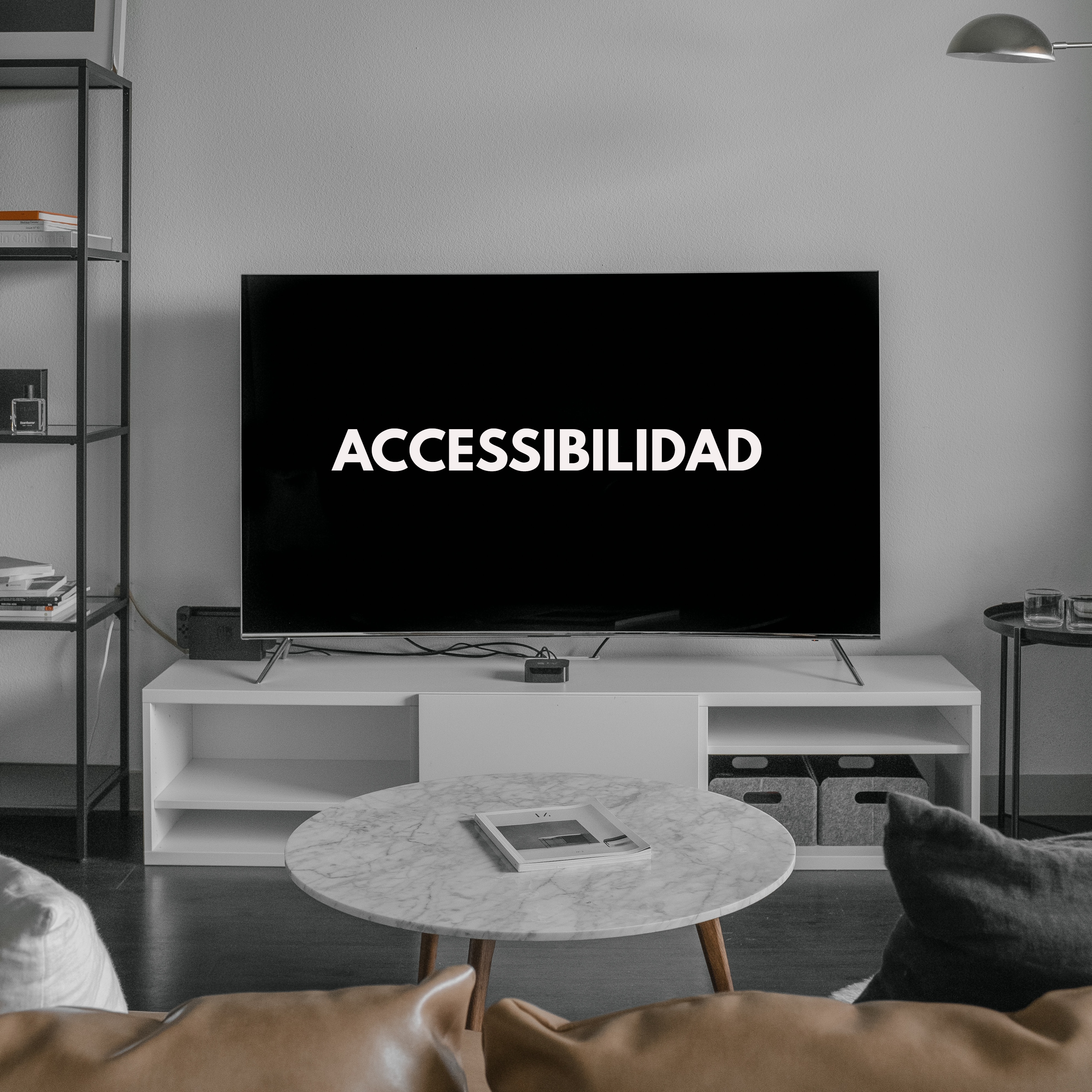Huge Breakthrough for Spanish accessibility!
Senator Edward J. Markey and Representative Anna G. Eshoo have reintroduced the Communications, Video, and Technology Accessibility (CVTA) Act to update and strengthen existing accessibility regulations for Americans with disabilities, and one of the highlights is the inclusion of the audio description in Spanish. The CVTA aims to address the challenges posed by new technologies, such as video conferencing platforms and artificial intelligence, that have become prevalent since the 21st Century Communications and Video Accessibility Act (CVAA) was passed in 2010.
The CVTA builds upon the success of the CVAA and seeks to ensure that individuals with disabilities have equal access to mainstream communication platforms and technology services for professional, educational, recreational, and civic participation. The proposed legislation enhances closed captioning and audio description standards for television programming and online video streaming platforms. It also expands accessibility requirements to video conferencing services and online platforms. Additionally, the CVTA empowers the Federal Communications Commission (FCC) to keep pace with emerging technologies like artificial intelligence and augmented or virtual reality, making them more accessible for people with disabilities.

The CVTA has gained support from various organizations and disability advocacy groups, recognizing its potential to bridge the digital divide and improve accessibility for those with disabilities. Senator Markey has been actively involved in advocating for accessibility in digital technologies, including sending letters to tech companies and calling for improved accessibility standards for video conferencing platforms.
Overall, the CVTA aims to ensure that advancements in communication and video technologies do not leave people with disabilities behind, fostering greater inclusivity and equal opportunities for participation in the digital age.
Moreover, we are delighted to see that the CVTA now includes Spanish Audiodescription in the law. This crucial addition recognizes the diverse linguistic needs of the disabled community and emphasizes the importance of providing accessibility in multiple languages. Spanish Audiodescription will enable Spanish-speaking individuals with visual impairments to fully engage with video content and digital platforms, promoting greater cultural inclusivity and equal access to information and entertainment.
The existing regulation concerning audio description requirements solely applies to English-language programming, and this specific inclusion represents a notable acknowledgment of the needs of the Spanish-speaking visually impaired community. By recognizing the importance of providing audio description services in Spanish, the regulation takes a step towards fostering greater accessibility and inclusivity for individuals who rely on this vital feature engage with video content and digital platforms fully.
